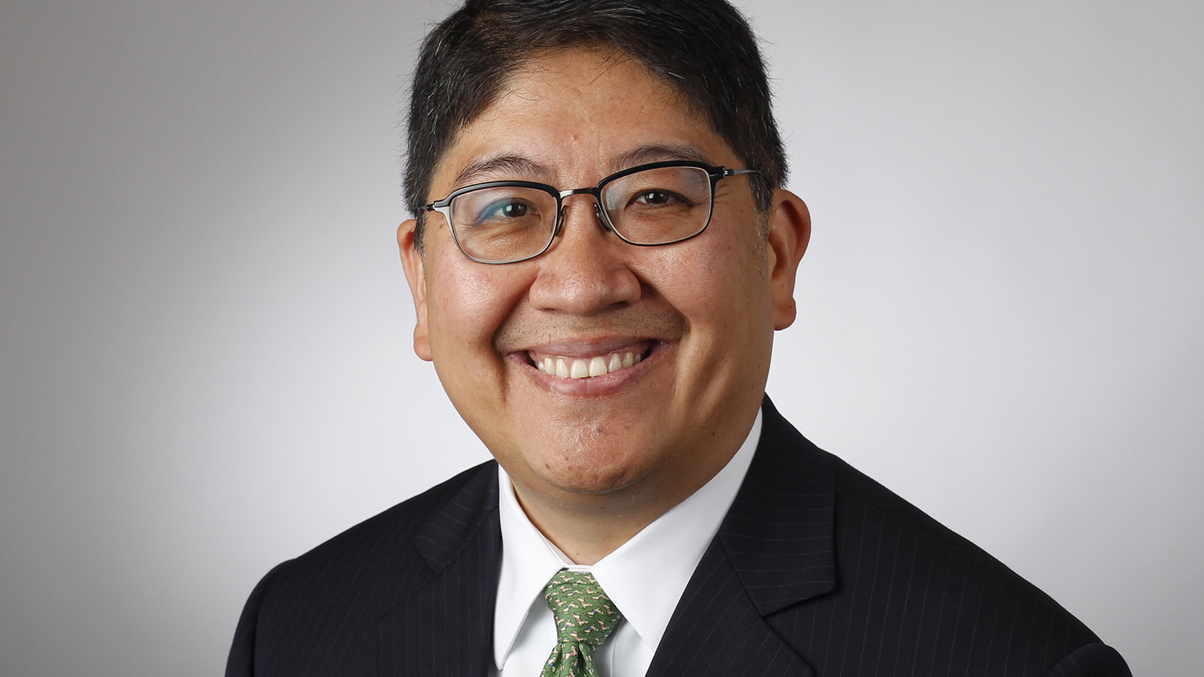UBP CIO tips pivot away from yield hunt
The Swiss private bank's chief investment officer, Norman Villamin, says active managers are likely to attract flows from passive strategies as quantitative easing comes to an end.

Norman Villamin joined Union Bancaire Privee in November 2015 as head of investment services and treasury and trading in Zurich and was appointed global chief investment officer for the private banking business in May 2016.
Sign in to read on!
Registered users get 2 free articles in 30 days.
Subscribers have full unlimited access to AsianInvestor
Not signed up? New users get 2 free articles per month, plus a 7-day unlimited free trial.
¬ Haymarket Media Limited. All rights reserved.


